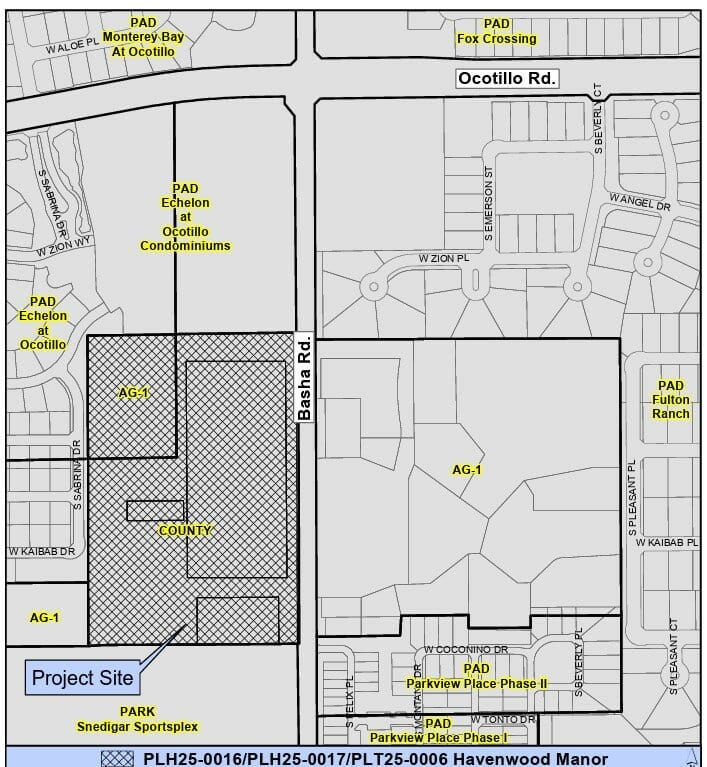 (Editor’s note: News releases are published unedited, unless they contain factual errors.)
(Editor’s note: News releases are published unedited, unless they contain factual errors.)
WASHINGTON (May 14, 2018) – Inventory levels hovering at all-time lows weighed down home sales and fueled faster price appreciation during the first three months of the year, according to the latest quarterly report by the National Association of RealtorsÒ.
The national median existing single-family home price in the first quarter was $245,500, which is up 5.7 percent from the first quarter of 2017 ($232,200). The median sales price during the fourth quarter of 2017 climbed 5.3 percent from the fourth quarter of 2016.
Single-family home prices last quarter increased in 91 percent of measured markets, with 162 out of 178 metropolitan statistical areas1 (MSAs) showing sales price gains in the first quarter compared to a year ago. Fifty-three metro areas (30 percent) experienced double-digit increases, up from 15 percent in the fourth quarter of 2017.
Lawrence Yun, NAR chief economist, says record low inventory levels caused the housing market to get off to a slow start in 2018. “The worsening inventory crunch through the first three months of the year inflicted even more upward pressure on home prices in a majority of markets,” he said. “Following the same trend over the last couple of years, a strengthening job market and income gains are not being met by meaningful sales gains because of unrelenting supply and affordability headwinds.”
Added Yun, “Realtors® in areas with strong job markets report that consumer frustration is rising. Home shoppers are increasingly struggling to find an affordable property to buy, and the prevalence of multiple bids is pushing prices further out of reach.”
Total existing-home sales2, including single family and condos, decreased 1.5 percent to a seasonally adjusted annual rate of 5.51 million in the first quarter from 5.59 million in the fourth quarter of 2017, and are 1.7 percent lower than the 5.60 million pace during the first quarter of 2017.
At the end of the first quarter, there were 1.67 million existing homes available for sale3, which was 7.2 percent below the 1.80 million homes for sale at the end of the first quarter in 2017. The average supply during the first quarter was 3.5 months – down from 3.7 months in the first quarter of last year.
The national family median income rose to $74,7794 in the first quarter, but overall affordability decreased from a year ago because of rising mortgage rates and home prices. To purchase a single-family home at the national median price, a buyer making a 5 percent down payment would need an income of $55,732, a 10 percent down payment would require an income of $52,779, and $46,932 would be needed for a 20 percent down payment.
“Prospective buyers in many markets are realizing that buying a home is becoming more expensive in 2018,” said Yun. “Rapid price gains and the quick hike in mortgage rates are essentially eliminating any meaningful gains buyers may be seeing from the combination of improving wage growth and larger paychecks following this year’s tax cuts. It’s simple: homebuilders need to start constructing more single-family homes and condominiums to overcome the rampant supply shortages that are hampering affordability.”
The five most expensive housing markets in the first quarter were the San Jose, California metro area, where the median existing single-family price was $1,373,000; San Francisco-Oakland-Hayward, California, $917,000; Anaheim-Santa Ana-Irvine, California, $810,000; urban Honolulu, $775,500; and San Diego-Carlsbad, $610,000.
The five lowest-cost metro areas in the first quarter were Decatur, Illinois, $73,000; Cumberland, Maryland, $86,200; Youngstown-Warren-Boardman, Ohio, $91,300; Elmira, New York, $100,800; and Binghamton, New York; $103,000.
Metro area condominium and cooperative prices – covering changes in 61 metro areas – showed the national median existing-condo price was $231,700 in the first quarter, up 5.9 percent from the first quarter of 2017 ($218,800). Eighty-five percent of metro areas showed gains in their median condo price from a year ago.
Regional Breakdown
Total existing-home sales in the Northeast slipped 8.5 percent in the first quarter and are 8.1 percent below the first quarter of 2017. The median existing single-family home price in the Northeast was $267,400 in the first quarter, up 4.6 percent from a year ago.
In the Midwest, existing-home sales fell 6.9 percent in the first quarter and are 1.8 percent below a year ago. The median existing single-family home price in the Midwest grew 5.9 percent to $187,100 in the first quarter from the same quarter a year ago.
Existing-home sales in the South increased 3.7 percent in the first quarter and are 0.7 percent higher than the first quarter of 2017. The median existing single-family home price in the South was $220,400 in the first quarter, 5.5 percent above a year earlier.
In the West, existing-home sales in the first quarter declined 1.1 percent and are 2.2 percent below a year ago. The median existing single-family home price in the West increased 8.2 percent to $371,300 in the first quarter from the first quarter of 2017.
The National Association of Realtors®, “The Voice for Real Estate,” is America’s largest trade association, representing 1.3 million members involved in all aspects of the residential and commercial real estate industries.
# # #
NOTE: NAR releases quarterly median single-family price data for approximately 175 Metropolitan Statistical Areas (MSAs). In some cases the MSA prices may not coincide with data released by state and local Realtor® associations. Any discrepancy may be due to differences in geographic coverage, product mix, and timing. In the event of discrepancies, Realtors® are advised that for business purposes, local data from their association may be more relevant.
Data tables for MSA home prices (single family and condo) are posted at http://www.realtor.org/topics/metropolitan-median-area-prices-and-affordability/data. If insufficient data is reported for a MSA in particular quarter, it is listed as N/A. For areas not covered in the tables, please contact the local association of Realtors®.
1Areas are generally metropolitan statistical areas as defined by the U.S. Office of Management and Budget. NAR adheres to the OMB definitions, although in some areas an exact match is not possible from the available data. A list of counties included in MSA definitions is available at: http://www.census.gov/population/estimates/metro-city/List4.txt.
Regional median home prices are from a separate sampling that includes rural areas and portions of some smaller metros that are not included in this report; the regional percentage changes do not necessarily parallel changes in the larger metro areas. The only valid comparisons for median prices are with the same period a year earlier due to seasonality in buying patterns. Quarter-to-quarter comparisons do not compensate for seasonal changes, especially for the timing of family buying patterns.
Median price measurement reflects the types of homes that are selling during the quarter and can be skewed at times by changes in the sales mix. For example, changes in the level of distressed sales, which are heavily discounted, can vary notably in given markets and may affect percentage comparisons. Annual price measures generally smooth out any quarterly swings.
NAR began tracking of metropolitan area median single-family home prices in 1979; the metro area condo price series dates back to 1989.
Because there is a concentration of condos in high-cost metro areas, the national median condo price often is higher than the median single-family price. In a given market area, condos typically cost less than single-family homes. As the reporting sample expands in the future, additional areas will be included in the condo price report.
2The seasonally adjusted annual rate for a particular quarter represents what the total number of actual sales for a year would be if the relative sales pace for that quarter was maintained for four consecutive quarters. Total home sales include single family, townhomes, condominiums and co-operative housing.
3Total inventory and month’s supply data are available back through 1999, while single-family inventory and month’s supply are available back to 1982 (prior to 1999, single-family sales accounted for more than 90 percent of transactions and condos were measured only on a quarterly basis).
Seasonally adjusted rates are used in reporting quarterly data to factor out seasonal variations in resale activity. For example, sales volume normally is higher in the summer and relatively light in winter, primarily because of differences in the weather and household buying patterns.
4Income figures are rounded to the nearest hundred, based on NAR modeling of Census data. Qualifying income requirements are determined using several scenarios on downpayment percentages and assume 25 percent of gross income devoted to mortgage principal and interest at a mortgage interest rate of 3.9%.
NOTE: Existing-Home Sales for April will be released May 24, and the Pending Home Sales Index for April will be released May 31; release times are 10:00 a.m. ET.
Information about NAR is available at www.nar.realtor. This and other news releases are posted in the newsroom in the “About NAR” tab.







